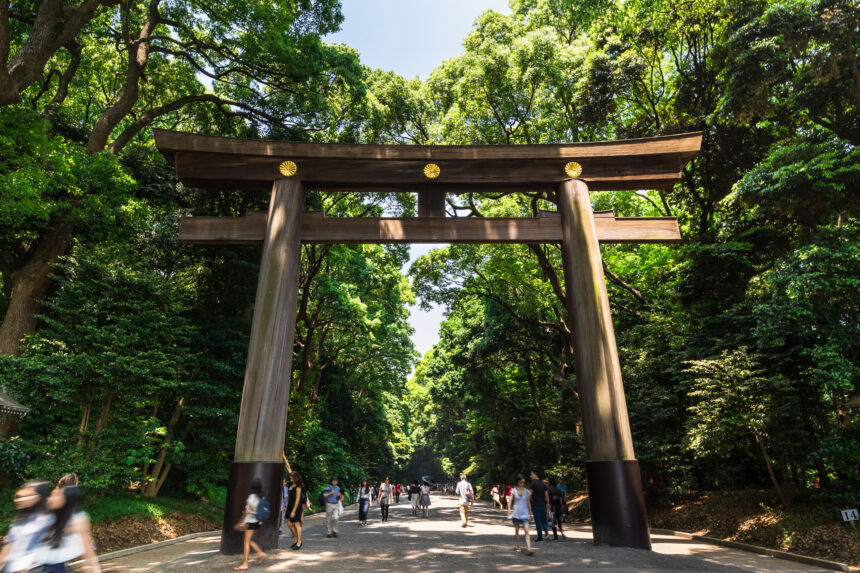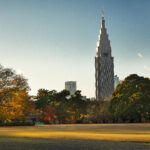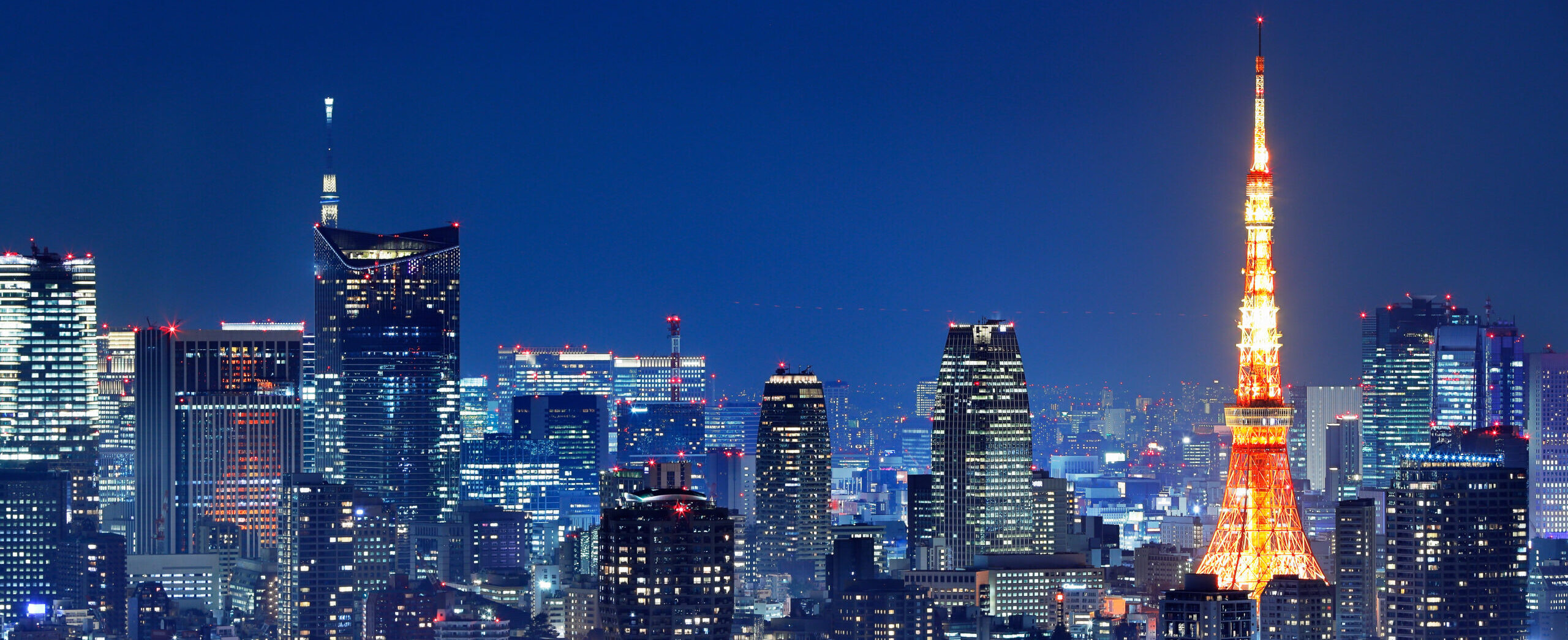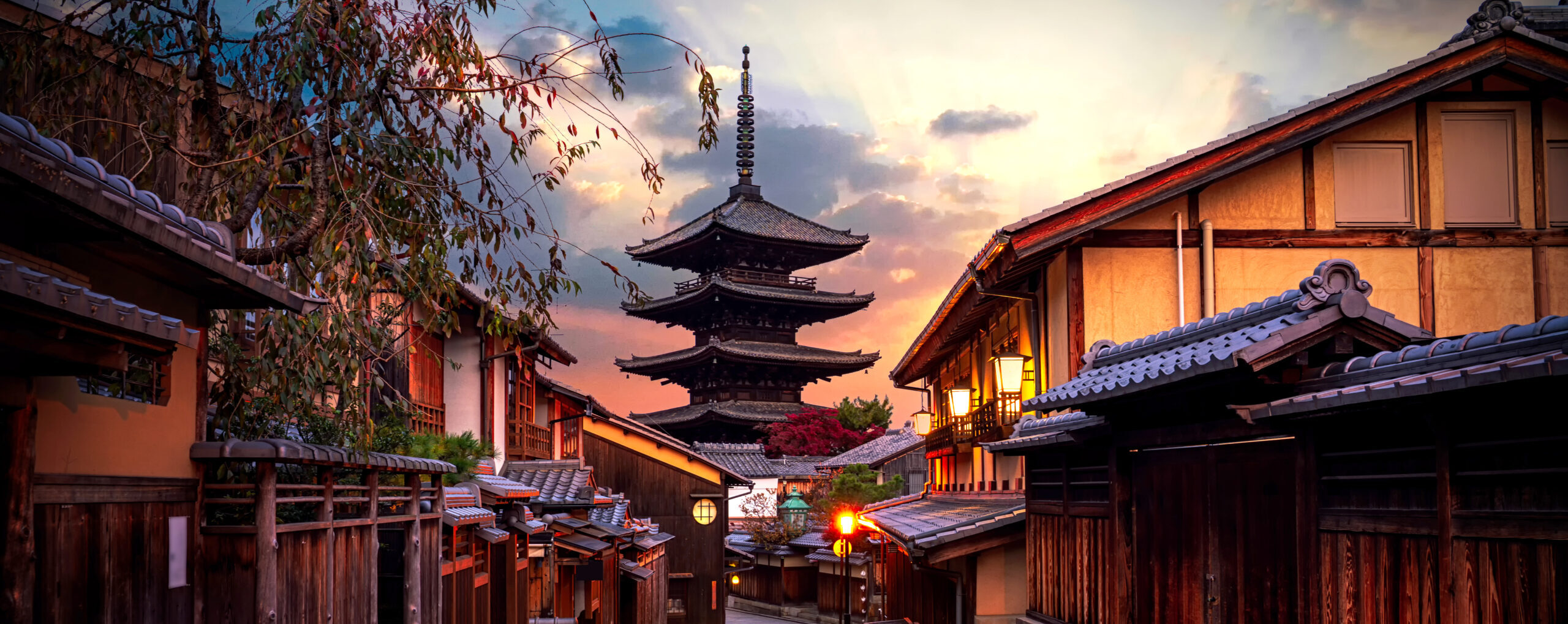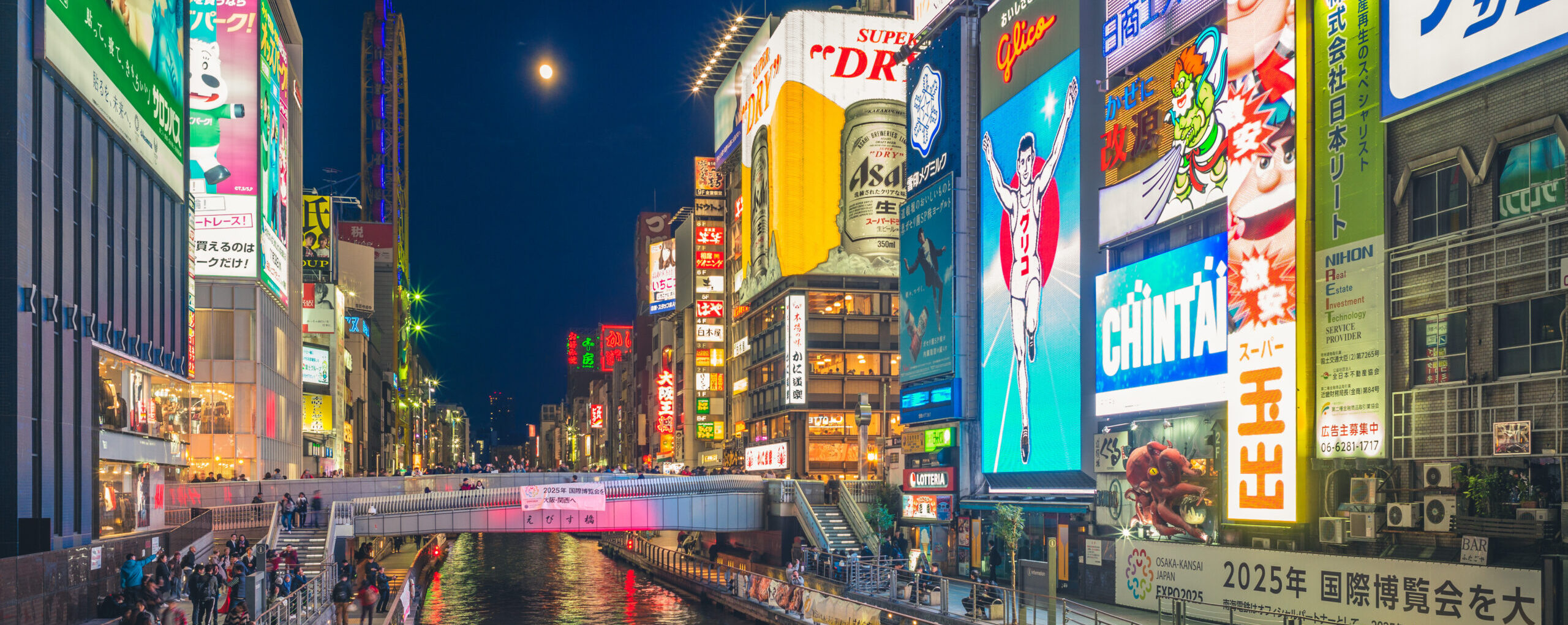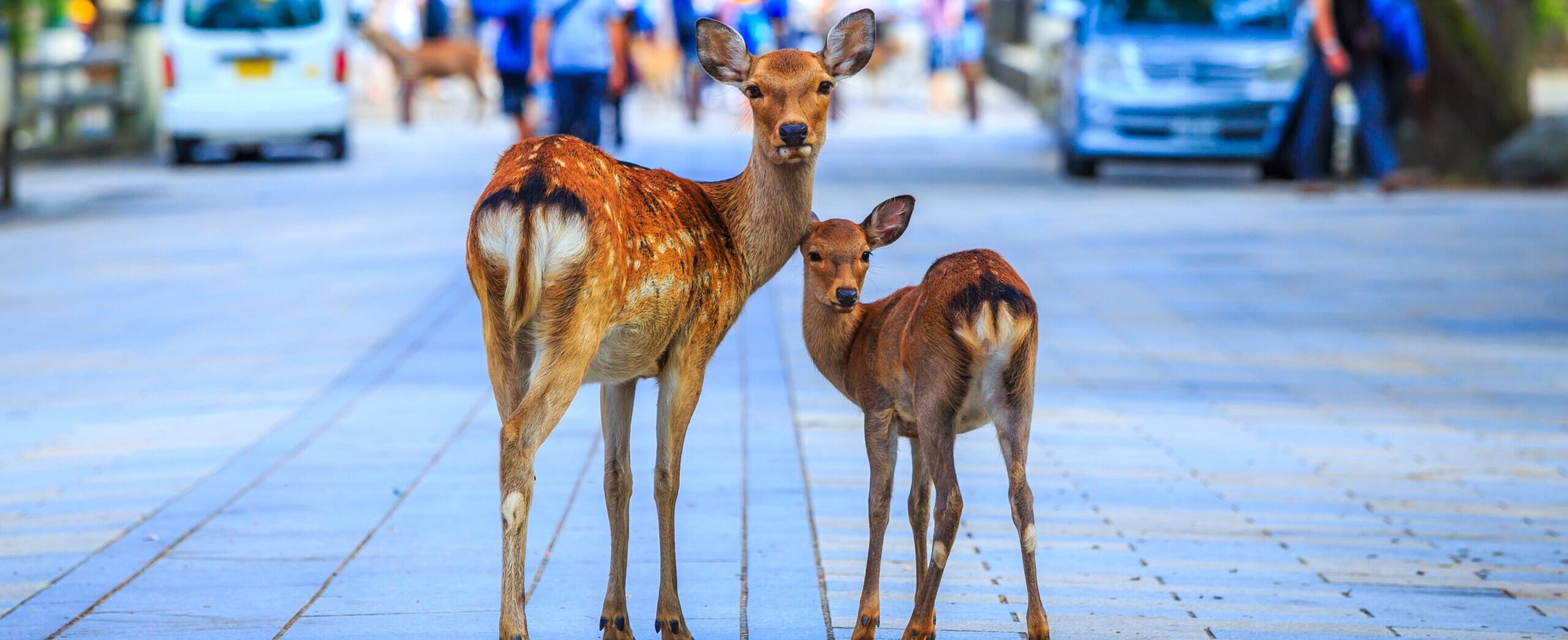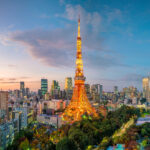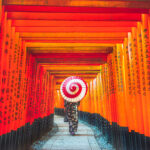In this Article
1. Overview of Meiji Jingu Shrine
Meiji Jingu Shrine, located in Tokyo’s Shibuya district, is a Shinto shrine dedicated to Emperor Meiji and Empress Shoken. Established in 1920, the shrine is nestled within a serene forest of over 100,000 trees, creating a peaceful sanctuary in the middle of the bustling city. As one of Japan’s most visited shrines, Meiji Jingu offers visitors a chance to experience traditional Japanese spirituality and escape the city’s fast pace.
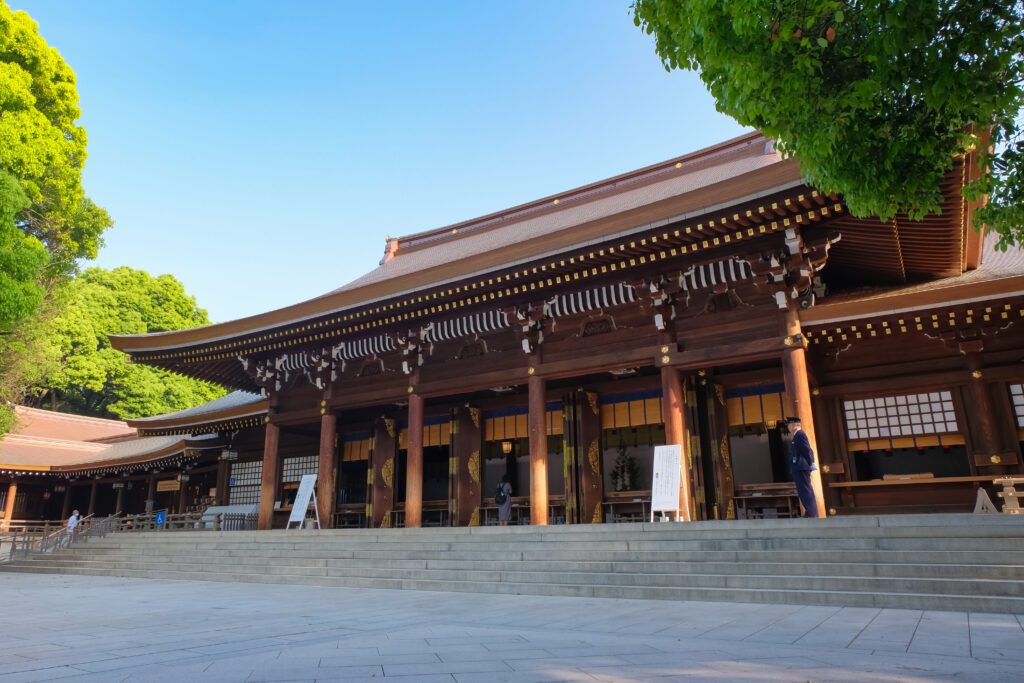
2. History of Meiji Jingu Shrine
Meiji Jingu was built in 1920 to honor Emperor Meiji and Empress Shoken, who played a pivotal role in modernizing Japan. Following the emperor’s death, the people of Japan donated trees from all over the country to create a man-made forest surrounding the shrine. Despite being destroyed during World War II, Meiji Jingu was faithfully reconstructed and remains a symbol of Japan’s unity and devotion.
3. Highlights of Meiji Jingu Shrine
Torii Gate and Approach
The approach to Meiji Jingu begins with passing through a massive wooden torii gate, one of the largest of its kind in Japan. As visitors walk along the tranquil gravel path surrounded by towering trees, the peaceful atmosphere allows them to disconnect from the city’s hustle and prepare for the spiritual experience ahead.
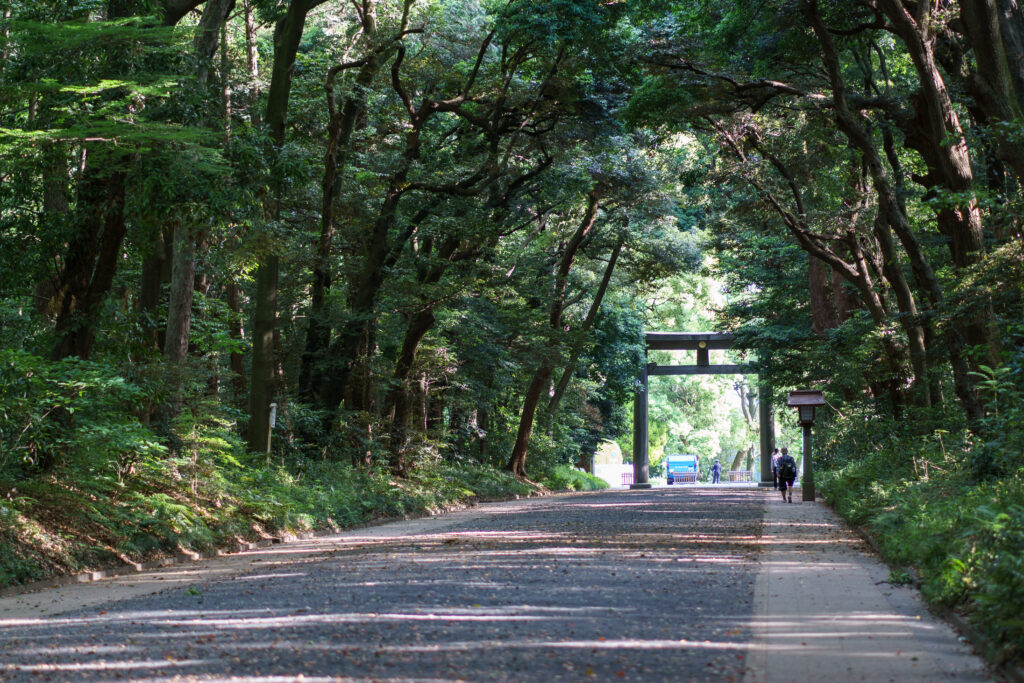
Main Shrine Building
The main shrine building is a beautiful example of traditional Japanese Shinto architecture, with a simple yet elegant design that reflects harmony with nature. Visitors can observe traditional rituals, make offerings, and pray at the shrine. The main hall also holds regular Shinto ceremonies, making it a place of cultural as well as spiritual significance.
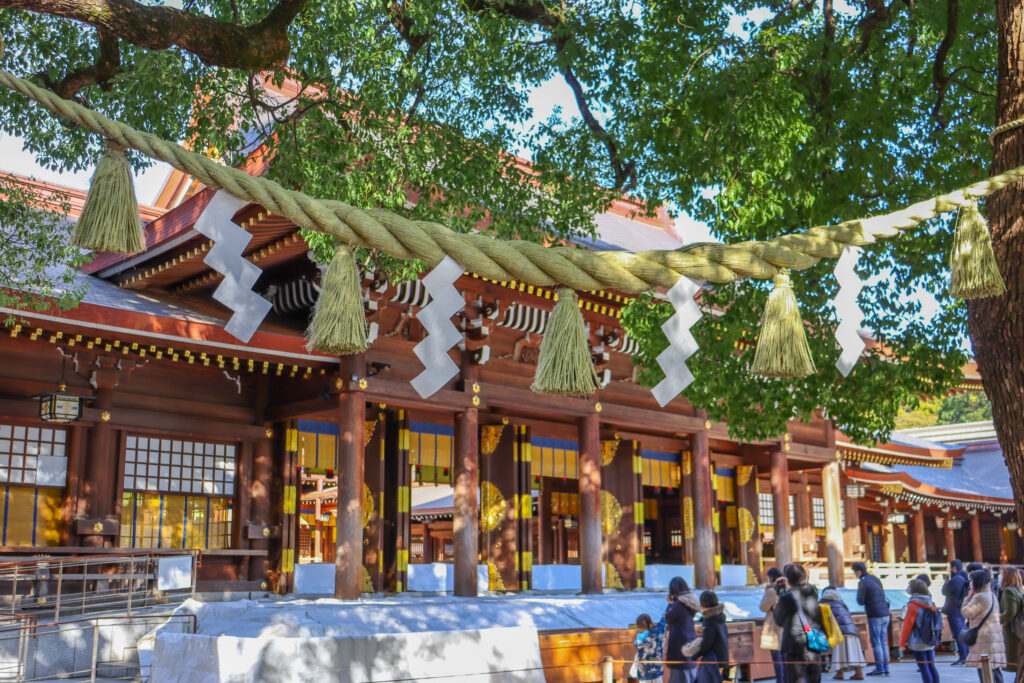
Sake Barrels and Wine Casks
One unique feature of Meiji Jingu is the display of colorful sake barrels and wine casks donated by brewers and winemakers in honor of Emperor Meiji. The emperor was known to appreciate both Japanese and Western cultures, and these offerings symbolize Japan’s connection with both traditions.
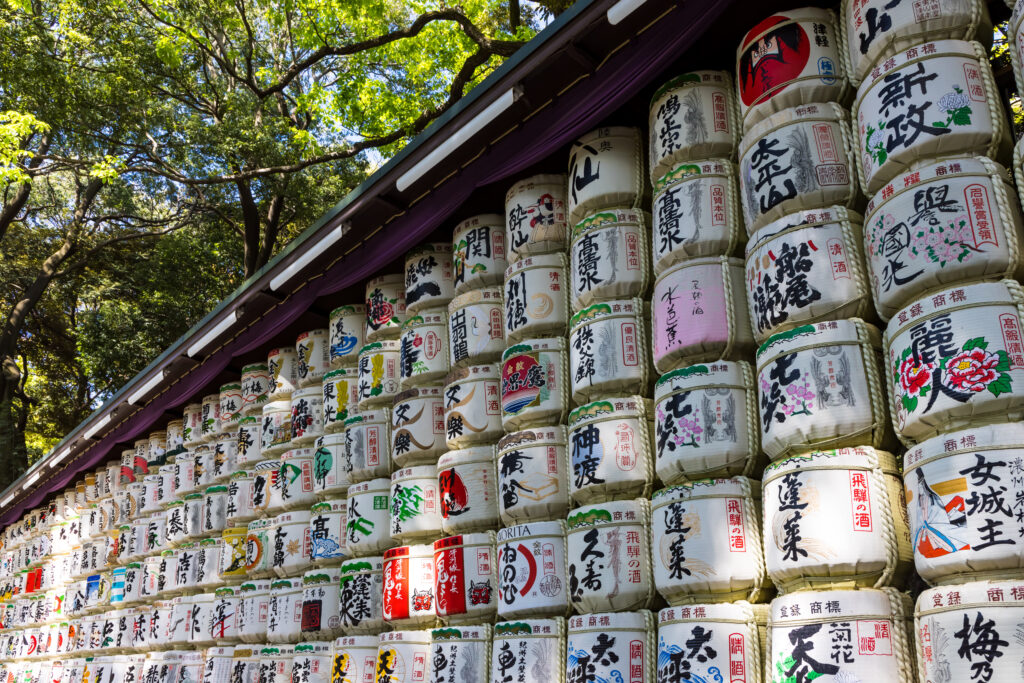
Meiji Jingu Inner Garden
The Inner Garden, located near the main shrine grounds, is a quiet retreat featuring seasonal flowers, a koi pond, and a well-known iris garden that blooms in June. Visitors can stroll through the garden and enjoy the natural beauty, making it an ideal spot for quiet reflection and relaxation.
4. Seasonal Events and Festivals
Meiji Jingu hosts various seasonal events, including New Year’s celebrations, when millions of people come to make their first shrine visit (hatsumode). Other events, such as the Aki-no-Taisai (Autumn Grand Festival) in November, feature traditional music, dance performances, and sumo rituals, allowing visitors to experience Japanese culture and seasonal festivities.
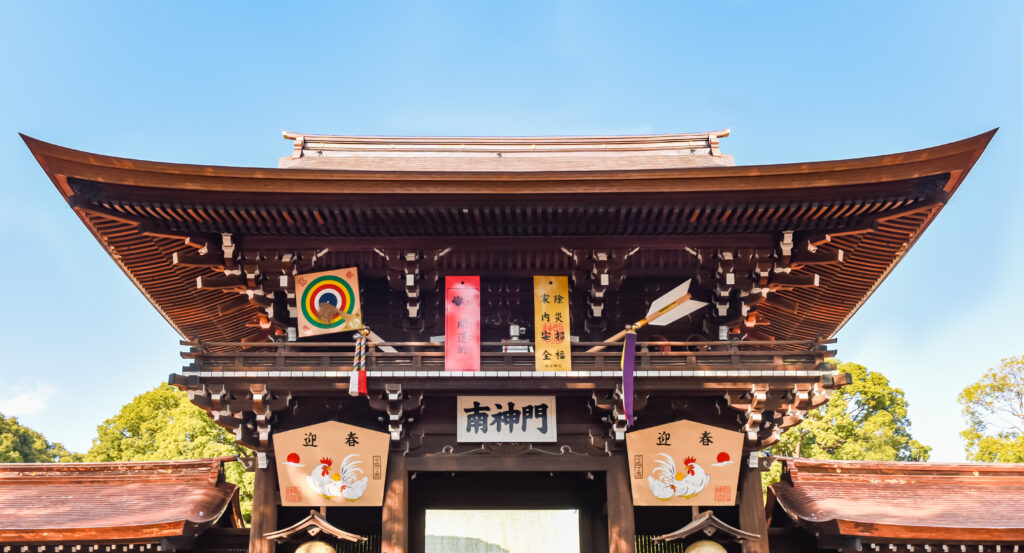
5. Access to Meiji Jingu Shrine
Meiji Jingu is conveniently located near Harajuku Station on the JR Yamanote Line and Meiji-Jingumae Station on the Tokyo Metro Chiyoda and Fukutoshin lines. Its central location in Shibuya makes it easily accessible for visitors exploring Tokyo’s popular neighborhoods.
6. Hours and Fees
Admission Fees
Shrine Grounds: Free
Meiji Jingu Inner Garden: 500 yen
Opening Hours
Shrine Grounds: Open sunrise to sunset (hours vary by season)
Inner Garden: 9:00 AM to 4:30 PM
Closed Days
No closed days
Admission fees and hours are subject to change; please check the official website for the latest information.
